Calcium Accumulation
Calcium accumulation on the edge parts of the bones is called. Over time, these deposits of calcium include all major areas of bones, and every movement becomes very painful.
Causes of Arthrosis
There are many causes of arthrosis: excessive activity, heavy physical work and even engaging in active sport may be one of the most common causes of the arthrosis appearance and development.
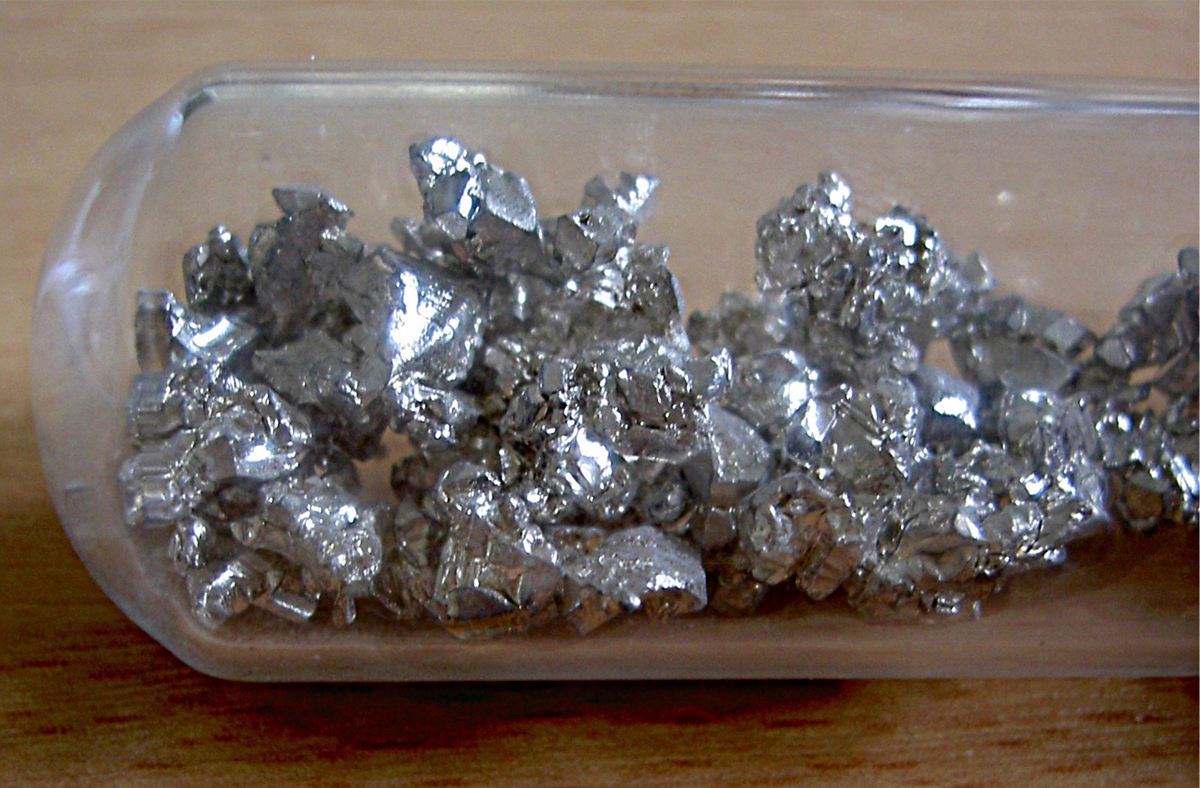
Also, genetic predisposition should be taken very seriously. This means that if one parent suffers from arthritic changes, there is a great likelihood that the changes of this type will appear in the child, too. In addition, it is important to note that arthritic changes are deteriorating over time.
- Metal-containing implants may release several degradation products. Certain concentrations of chromium, cobalt, nickel, titanium and aluminum may affect multiple organs.
- he determination of metal concentrations in body fluids is one way to prevent severe intoxication from implants.
- In addition, the study of metal distribution and accumulation in individual organs will deliver extended information.
- In contrast to well automated high-throughput screenings, analytical measurements are mostly performed manually due to their complex process structure.
Symptoms
Symptoms will depend on whether the movable (knees, shoulders, hips, elbows, fingers, and toes) or less mobile (neck, chest, and back vertebrae) bone elements are affected, and symptoms are different.
In the case of calcium deposits in the neck, there is pain, numbness, and weakness in the hands due to pressure on nerve roots. Also, these arthritic changes irritate muscle connective tissue too, so there is a restriction of movement.
In the chest part of the spine problems are much less pronounced because of extremely low mobility.
Calcium deposits in the dorsal spine cause similar symptoms as arthritic changes in the neck, but disturbances are related to the problems in the back and both legs.
Hips, joint area, and outside joint area ossification results in extremely painful movement, and later, pain in the steady state.
Calcification of the shoulder area requires very long treatment and rehabilitation.
Finger and toe ossification give visible changes that cause limited functions, specifically to hands, pain, and later reduced mobility. In severe cases, a person is unable to close the hand or hold an object in the hand.
Side Effects
Besides above listed symptoms, large amounts of calcium in the urine may cause kidney stone which is accompanied by symptoms such as fatigue, hematuria, pain while urinating, fever, and pain in the lower back or pelvic region.
Also, high calcium level in the blood increases the risk of prostate cancer.
In addition, constipation, indigestion, and dryness of the mouth may occur due to calcium depositing.
Increased calcium in the tissues is toxic and disrupts organ function.
Calcium deposits in pregnant women can cause birth defects in the baby.
Calcification in lactating or nursing mothers may lead to seizures and tetany in the baby.
What You Can Do?
Patients should reduce the load, especially in knees and hips. They should walk as little as possible, and replace it with swimming and riding a bicycle.
When it comes to food, none of the research has shown yet that there are causal-consequential links with arthrosis.
- www.nhs.uk/conditions/hyperparathyroidism/
- medlineplus.gov/ency/article/000492.htm
- Photo courtesy of Matthias Zepper by Wikimedia Commons: commons.wikimedia.org/wiki/File:Calcium_unter_Argon_Schutzgasatmosph%C3%A4re.jpg


-Causes,-Symptoms,-Diagnosis,-Treatment_f_280x120.jpg)
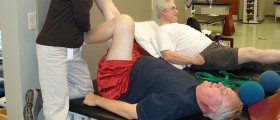




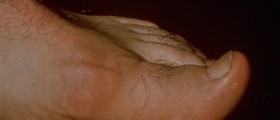
-Symptoms,-Diagnosis,-Treatment_f_280x120.jpg)
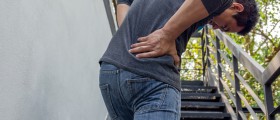
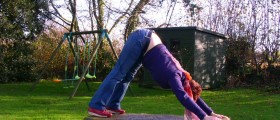
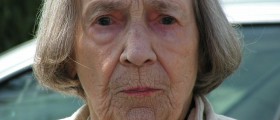

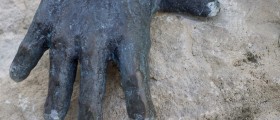


Your thoughts on this
Loading...